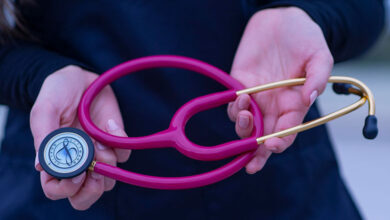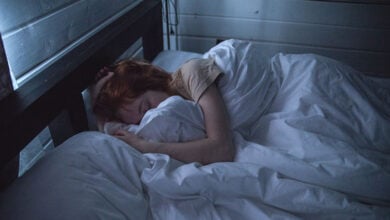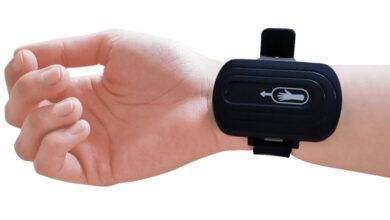Researchers conducted sex in MRI machines
Article titled "Magnetic resonance imaging of male and female genitals during coitus and female sexual arousal" has become one of the most downloaded.

Can you believe that a team of scientists actually asked people to have sex inside a magnetic resonance imaging (MRI) scanner so that they can “find out whether taking images of the male and female genitals during coitus is feasible”?
That was 20 years ago and the article titled “Magnetic resonance imaging of male and female genitals during coitus and female sexual arousal” has become one of the most downloaded articles of the medical journal BMJ.
The findings were hardly the “medical equivalent of a moon landing”, but the paper became popular probably because “the prospect of seeing coitus on screen (for free) was the attraction, even if all that was on offer was a series of black and white still photographs.”
One of the objectives of the experiments by the team of Dutch scientists was to find out “whether former and current ideas about the anatomy during sexual intercourse and during female sexual arousal are based on assumptions or on facts.”
The main findings, based on 13 experiments performed with eight couples and three single women, were that during intercourse in the “missionary position” the male sex organ assumes the shape of a boomerang, and that during sexual arousal the size of the uterus does not increase.
The article was accompanied by Leonardo da Vinci’s The Copulation and RL Dickinson’s midsagittal drawing of the same subject.
The MRI images obtained in the 1999 study contradicted the beliefs inscribed in these illustrations, said Tony Delamothe, who retired as the deputy editor of The BMJ in 2016.
Twenty years on, any paperwork relating to the decision to publish is gone, and the memories of the editorial staff are hazy, Delamothe wrote,
Nobody thought the study was particularly useful clinically or scientifically, but it contained “a striking image using a new technology, and everyone agreed that readers might be interested to see it.”
“I remember our conversation about it as serious (if wry), rather than ribald. I think the Christmas issue was the only place it would properly have fitted,” Sandy Goldbeck-Wood, the journal’s paper editor at the time, was quoted as saying.
“It took years, a lobby (the hospital management was initially wary of the idea), undesired publicity (a TV programme was used to select participants), and a godsend (two tablets of sildenafil 25 mg) to obtain our images,” wrote the authors.
In its first year it picked up the Ig Nobel prize for medicine which is awarded to research that makes readers laugh, then think.















